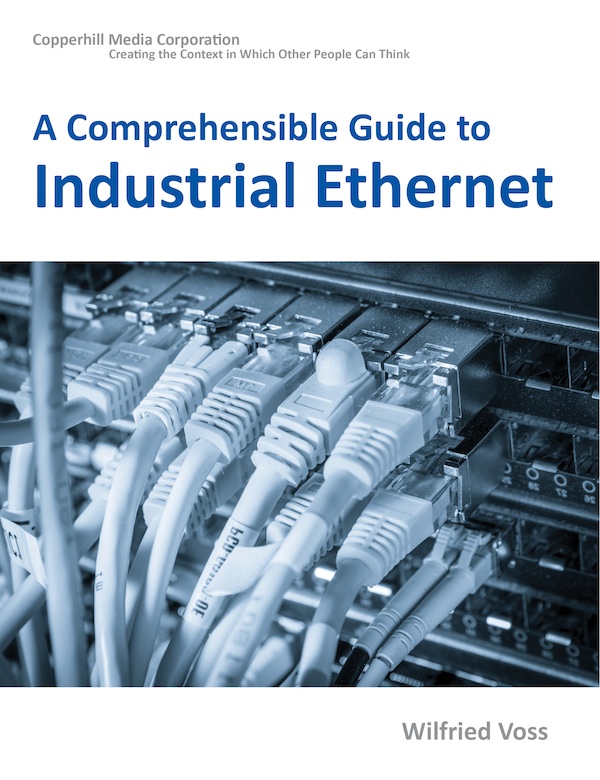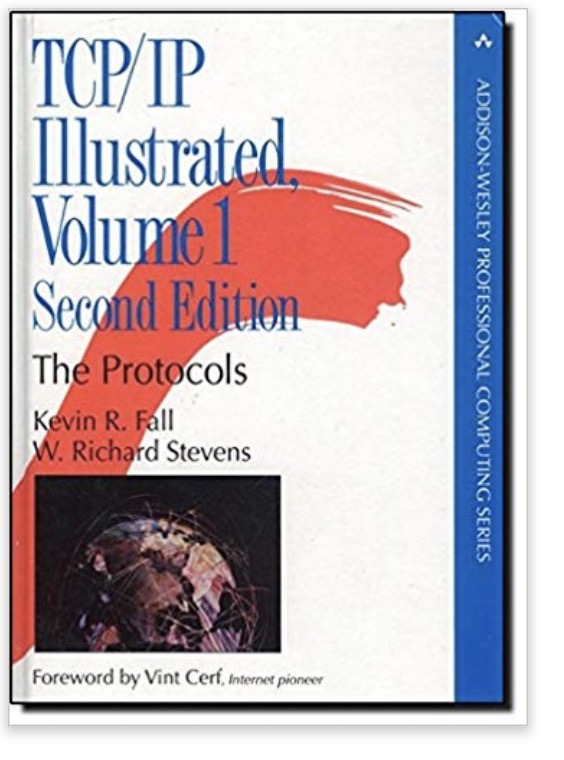Recent Posts
Industrial Ethernet Guide - Ethernet TCP/IP and Real-Time Performance
Posted by on

The following is part of A Comprehensible Guide to Industrial Ethernet by Wilfried Voss.
The demand for Ethernet as a real-time communication network has increased continuously in the past due to the benefits of employing a single network technology throughout the manufacturing facility, from office to plant floor.
However, the unpredictable nature of Ethernet TCP/IP’s timing (which will be explained in the following) has long been a drawback for many industrial network applications, specifically those with higher real-time capability requirements.
Note: As a general requirement, any industrial-strength Fieldbus system must be deterministic in guaranteeing data refresh during controller cycle periods.
While industrial users have already developed methods to overcome these apparent shortcomings, it is worthwhile to have a look at the challenges they faced.
TCP/IP Illustrated, Volume 1: The Protocols
TCP/IP Illustrated, Volume 1, Second Edition, is a detailed and visual guide to today’s TCP/IP protocol suite. Fully updated for the newest innovations, it demonstrates each protocol in action through realistic examples from modern Linux, Windows, and Mac OS environments. There’s no better way to discover why TCP/IP works as it does, how it reacts to standard conditions, and how to apply it in your applications and networks.
Building on the late W. Richard Stevens’ classic first edition, author Kevin R. Fall adds his cutting-edge experience as a leader in TCP/IP protocol research, updating the book to reflect the latest protocols and best practices fully. He first introduces TCP/IP’s core goals and architectural concepts, showing how they can robustly connect diverse networks and support multiple services running concurrently. Next, he carefully explains Internet addressing in both IPv4 and IPv6 networks. Then, he walks through TCP/IP’s structure and function from the bottom up: from link layer protocols–such as Ethernet and Wi-Fi–through the network, transport, and application layers.
 Loading... Please wait...
Loading... Please wait...

